There are no shortage of ways to blow £300,000 on a pure automotive indulgence. You could go mad on carbonfibre options and get a McLaren 720S up to that mark pretty quickly, while a relatively modestly specced Ferrari 812 Superfast or Lamborghini Aventador will soon lighten your pocket by the requisite amount. Or you could buy a brand-new Lister.
You might know Lister from reading about its super-hot Jaguar Jaguar F-Pace and Jaguar F-Type-based LFP and LFT, the supercar it intends to make, or even the Lister Storms from a generation back. But the Listers that made the company’s name were gorgeous 1950s sports racing cars, culminating in a Jaguar-powered beast known as the ‘Knobbly’ for its voluptuous bodywork. And while it was built by a tiny company using a proprietary powertrain, the Knobbly was so fast it was fully competitive with the best factory opposition from the likes of Aston Martin and Ferrari.
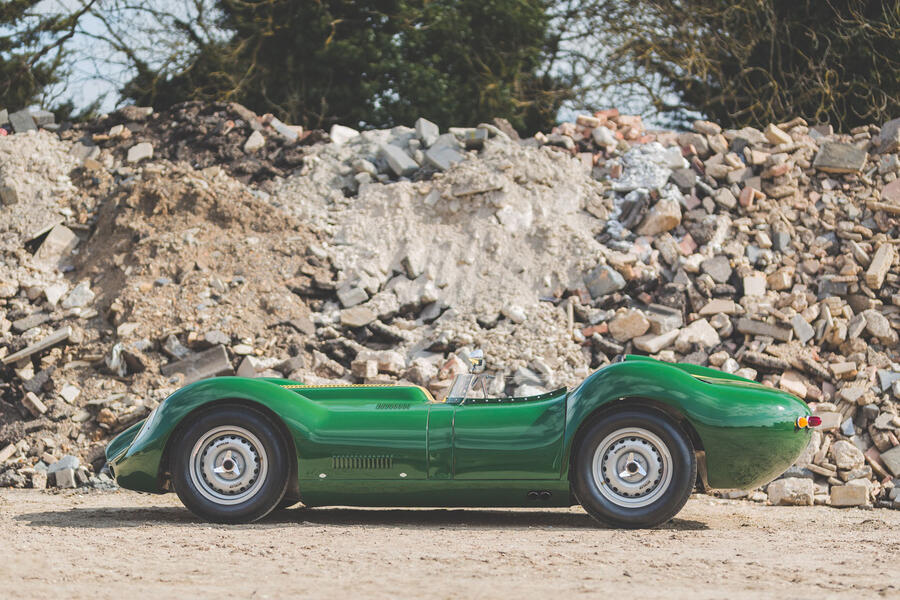
For a while now, the Lister Motor Company has been constructing a new series of Knobblys that are not replicas, recreations or even tool-room copies, but genuine continuation cars, right down to the fact that their tubular steel chassis are built using the same jig on which all the 1950s cars were created. But until now, all have been built for racing alone. No longer: in response to customer demand, Lister has adapted the car to be eligible for Individual Vehicle Approval, so can be licensed and driven on the road. Which I have now done.
The good news is the IVA approval makes no difference whatever to the way the car goes and almost none to the way it looks. Fuel and oil filler caps are below the bodyline, some sharp edges in the cabin are removed, as are the three-eared wheel spinners (though there is nothing to stop you putting them back), and that’s about it. You still get a 340bhp Crosthwaite & Gardiner 3.8-litre twin-cam Jaguar race engine in a car weighing 900kg. Which provides a power-to-weight ratio rather better than that of a brand-new Porsche 911 GT3 RS.
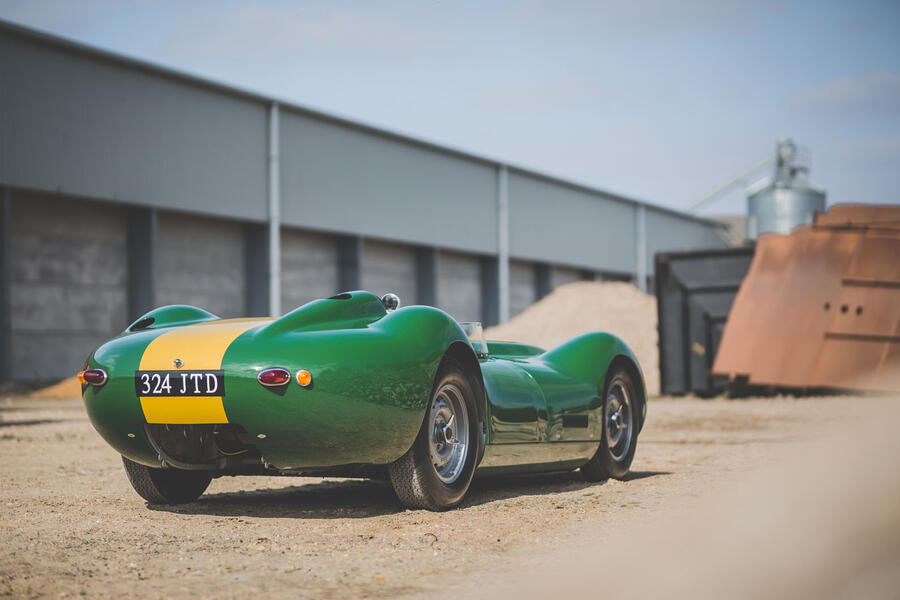
At first I don’t want to drive it but just soak up its appearance and engineering instead. Its wafer-thin aluminium body is simply gorgeous, the quality of its simple chassis just outstanding. They’re such sticklers for accuracy, it still has points ignition and a dynamo instead of an alternator. It may have been built in the 21st century, but the look, sound and feel is identical to the cars raced by Stirling Moss and Archie Scott Brown, the great 1950s driver who made Lister’s name.
The cockpit is tight but, if you’re a Lister customer, they will position the pedals and steering wheel where you like. Fed by three twin-choke Weber carburettors, the engine blasts into life at first twist of the key and settles into a gruff, rough idle.
We set off, me noting how soft it seems and how good the ride is despite its race suspension, wondering how it will feel when the roads clear. Happily, I do not have long to wait.
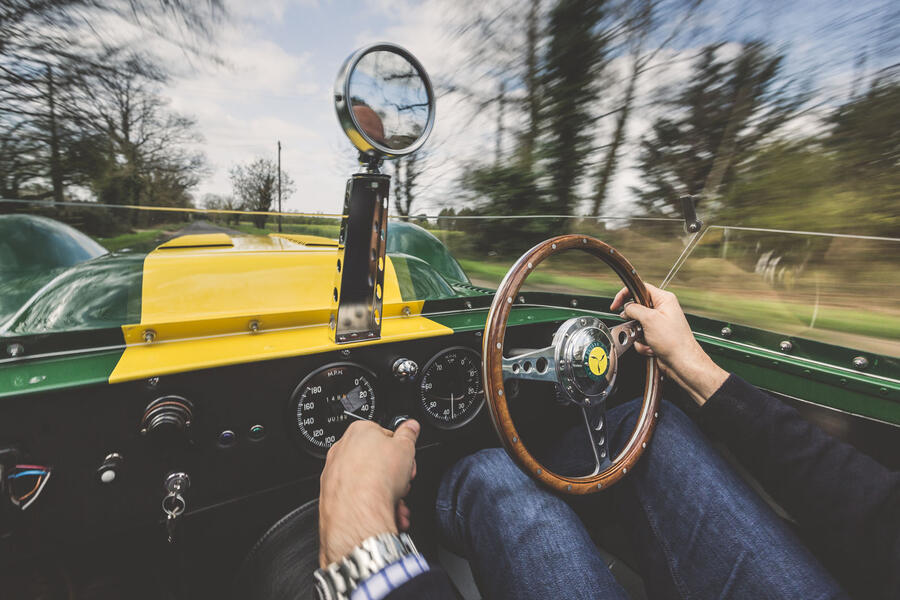
It offers total sensory immersion at the first proper press of the pedal: you hear the engine snarl, see the horizon leap towards you, feel the car lunge forward and smell incinerated hydrocarbons. The four-speed ’box is slow but accurate, the engine flexible below 3000rpm but really only on song thereafter. But when it’s pulling hard – well, you’d never credit a 60-year-old design with performance like this.
It handles beautifully, too. The grip levels of its old-school Dunlop racing crossplies are easily exceeded but, unlike a modern slick or track-day tyre, they’re designed to work with a slip angle, which is why old racing cars are always seen drifting. On the road, it is set up not to understeer but to operate within a delicious window ranging from essentially neutral to mild oversteer. The brakes, devoid of servo assistance, have the best pedal feel of any car with a numberplate I have driven. If it has a problem, it’s that it’s almost impossible to drive slowly. It’s tractable and tolerant enough, but you can think only of the adventure you’re missing, like going on safari and never leaving your room. What’s more, because it is narrow and light, you can use it with confidence on the public roads for which it was never designed, far more so than, say, an Aventador.

But, to be honest, I’d use mine on the track, the only place where you can be flat out all the time, and that’s the only way it wants to be driven.
The continuation Knobblys are proving quite popular and I can see why: when you consider 400 hours goes into hand-beating the body alone and the literal millions charged by the likes of Jaguar and Aston Martin for their continuation cars, £300,000 for a Knobbly sounds like a bargain, and that’s before you’ve driven one. After that, it looks more like a steal.
One reason the waiting list for one currently stands at 18 months.
Read more
A drive in the 666bhp Lister Thunder​
All-new Lister Knobbly confirmed for production​
Classics reborn: best cars from the rebuild industry​

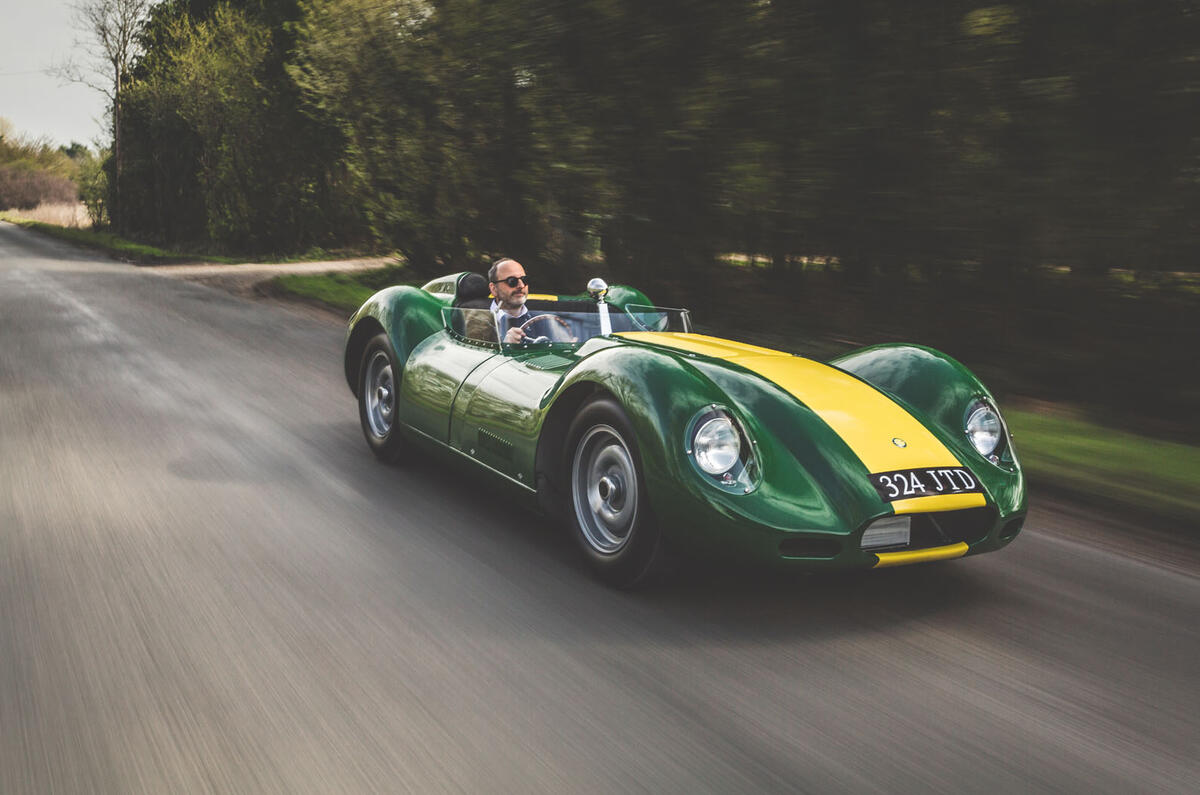
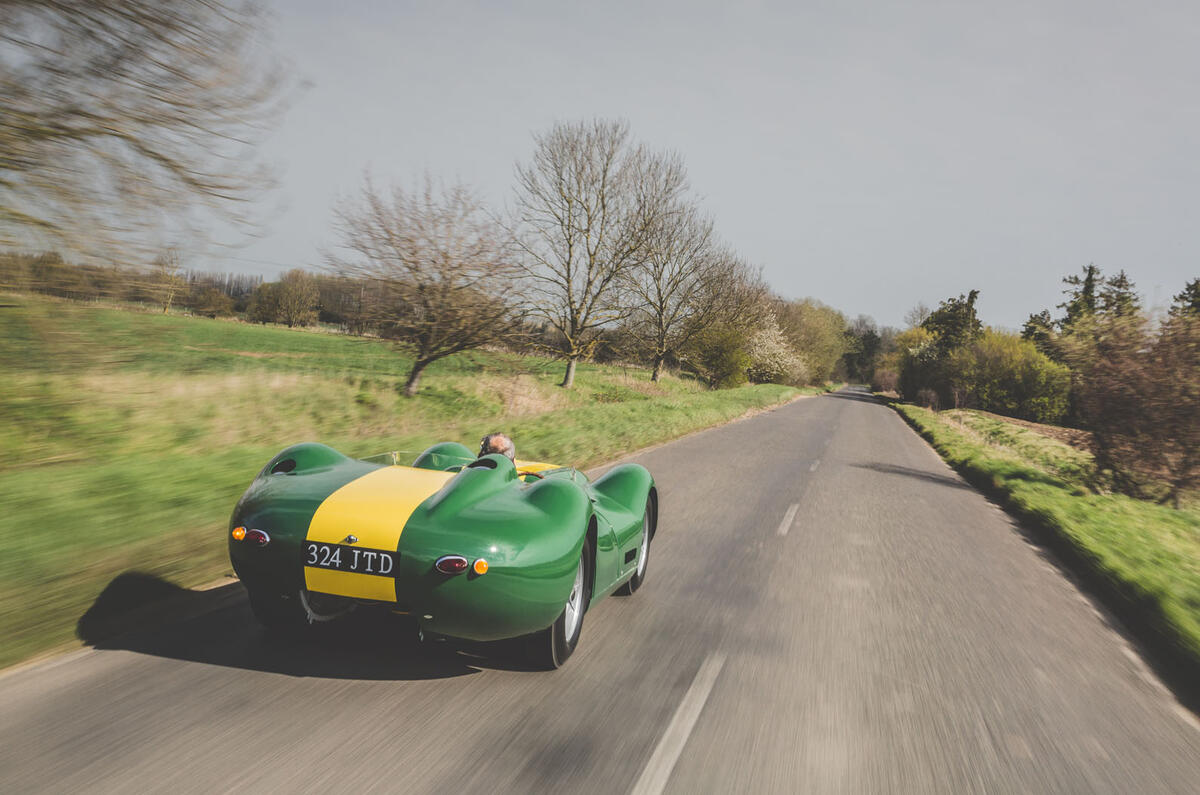
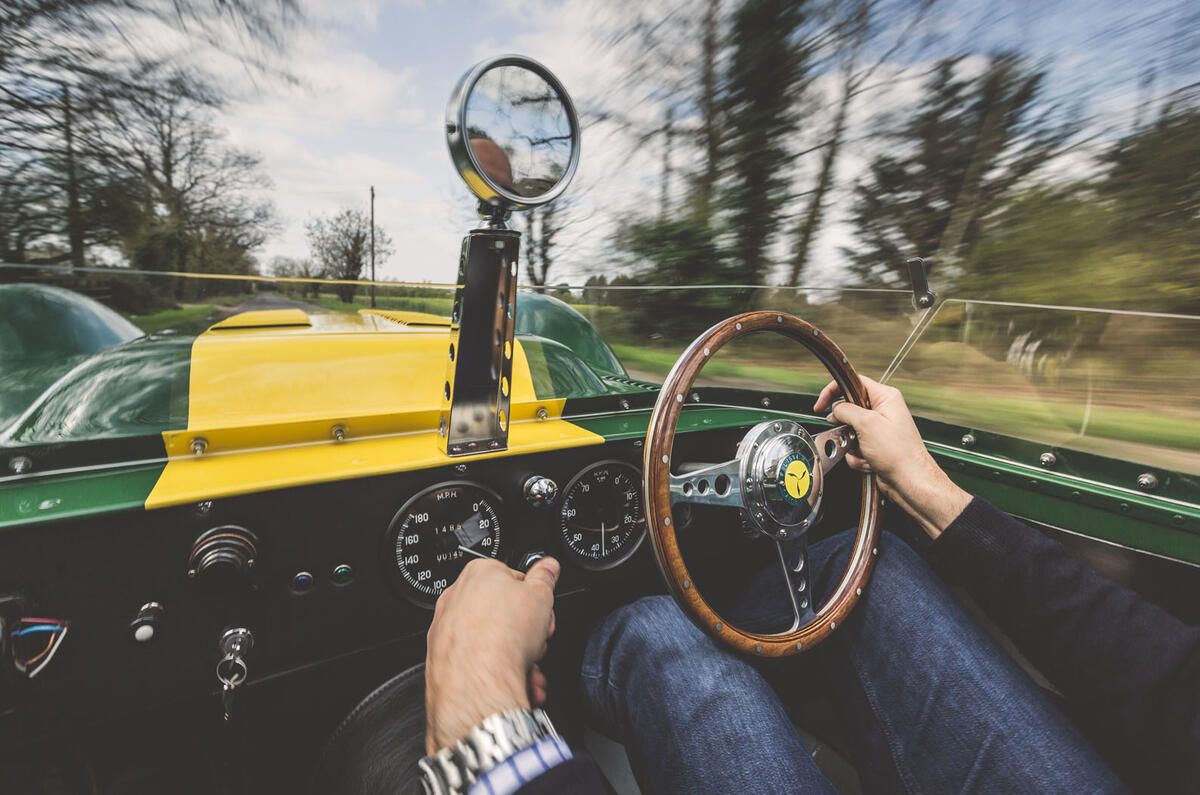
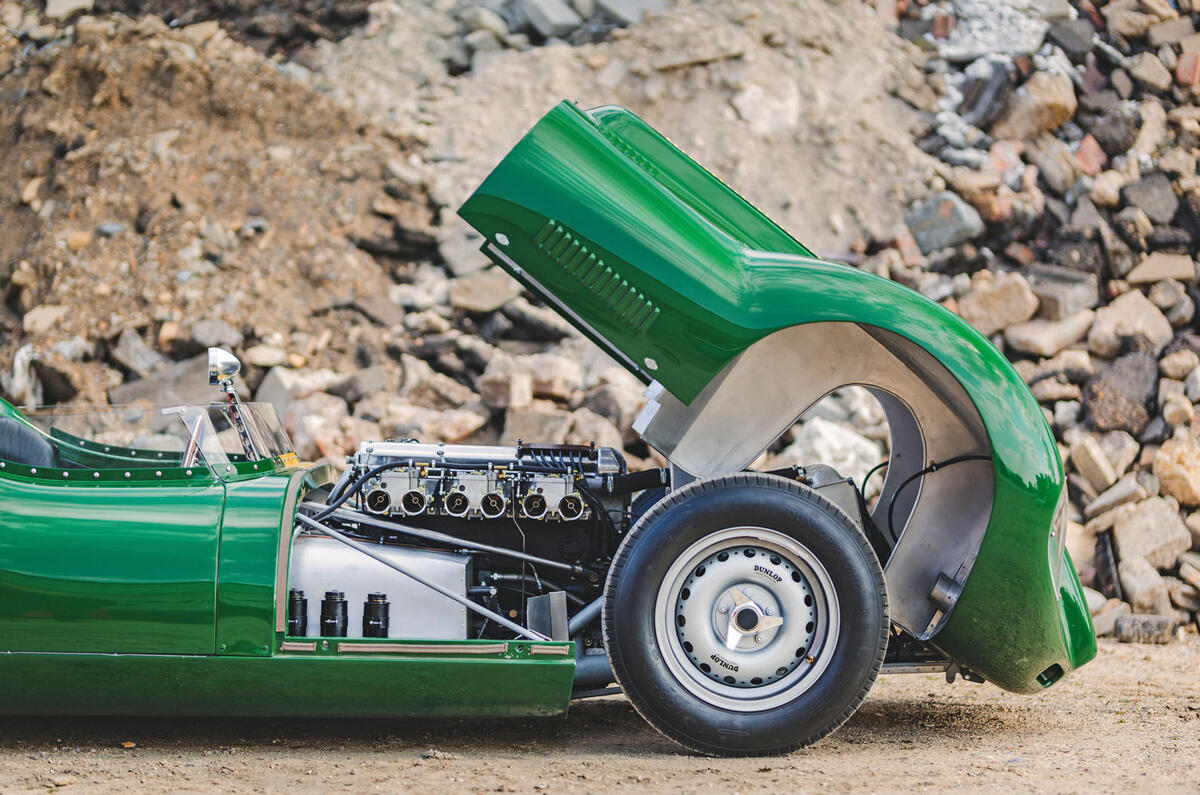
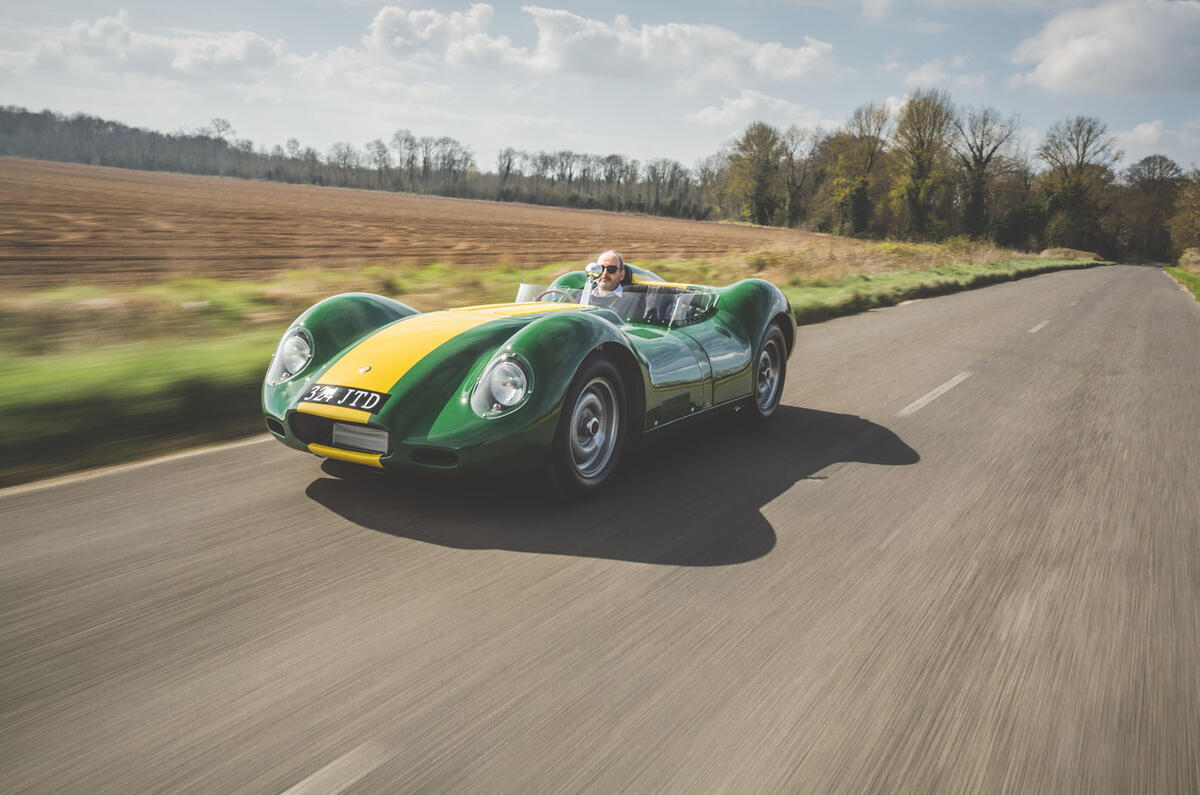
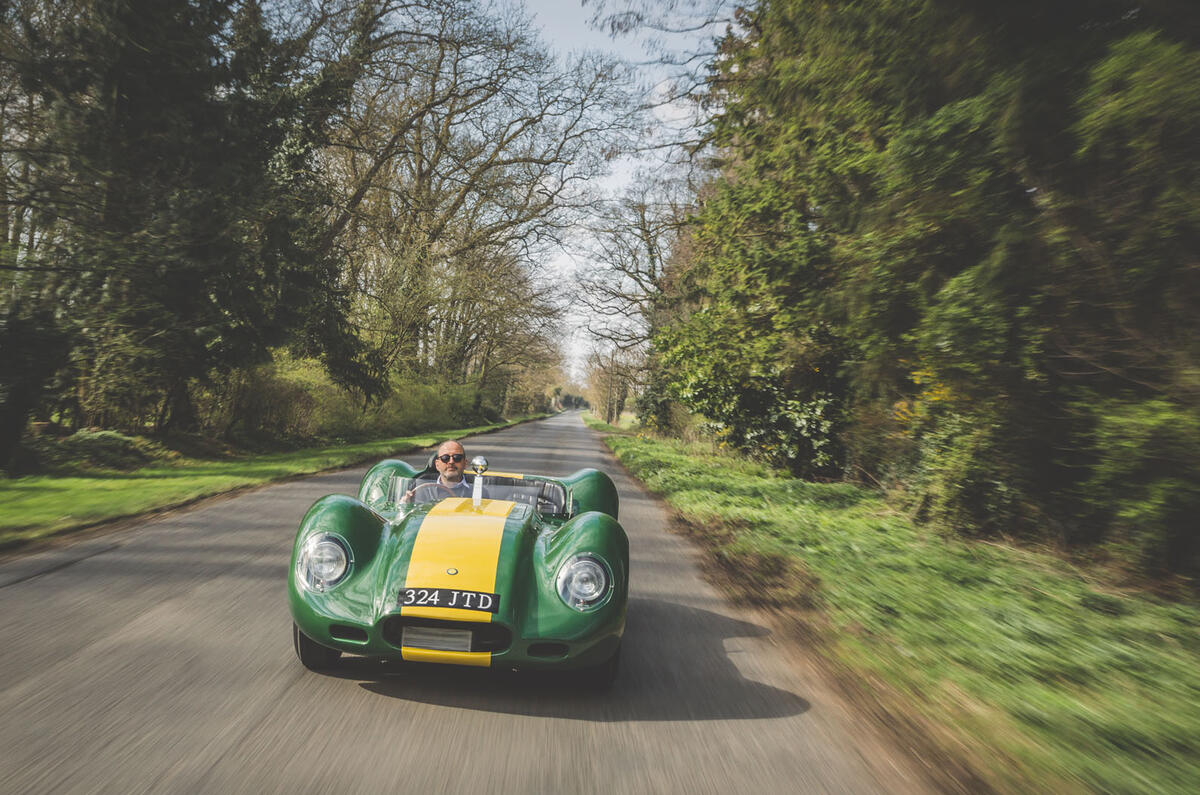
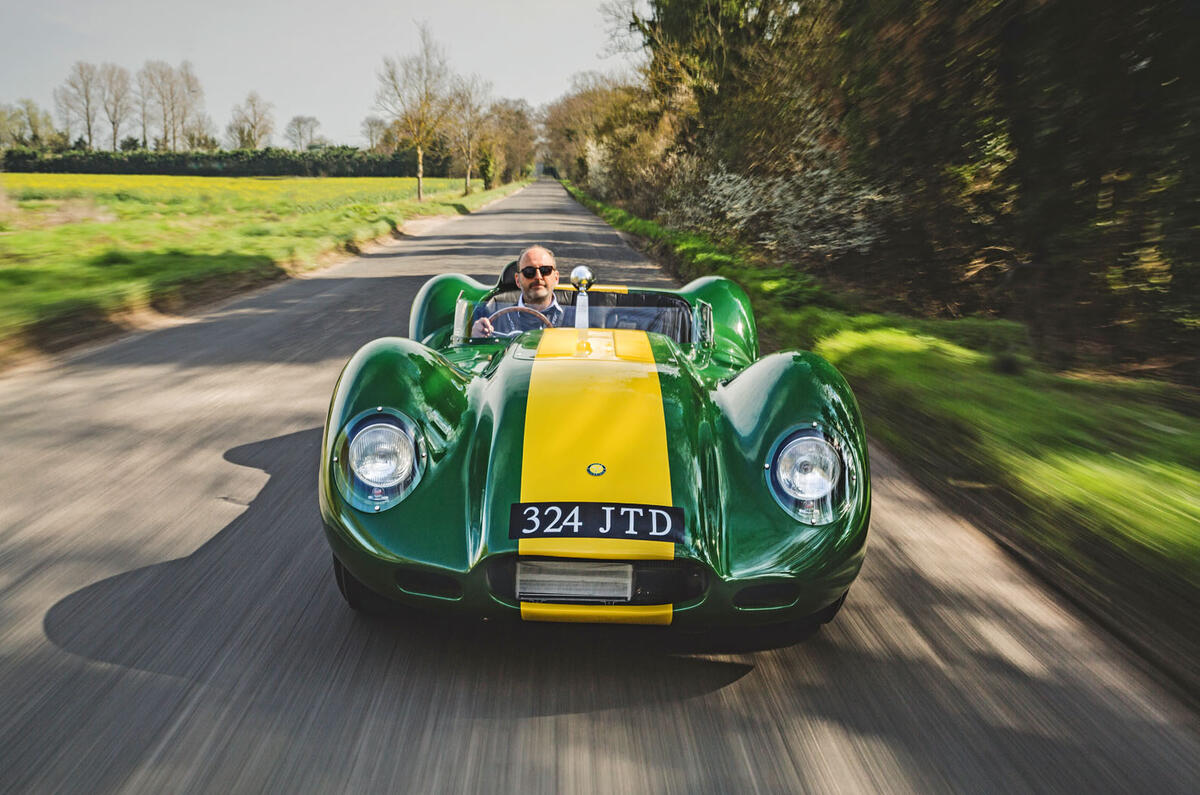
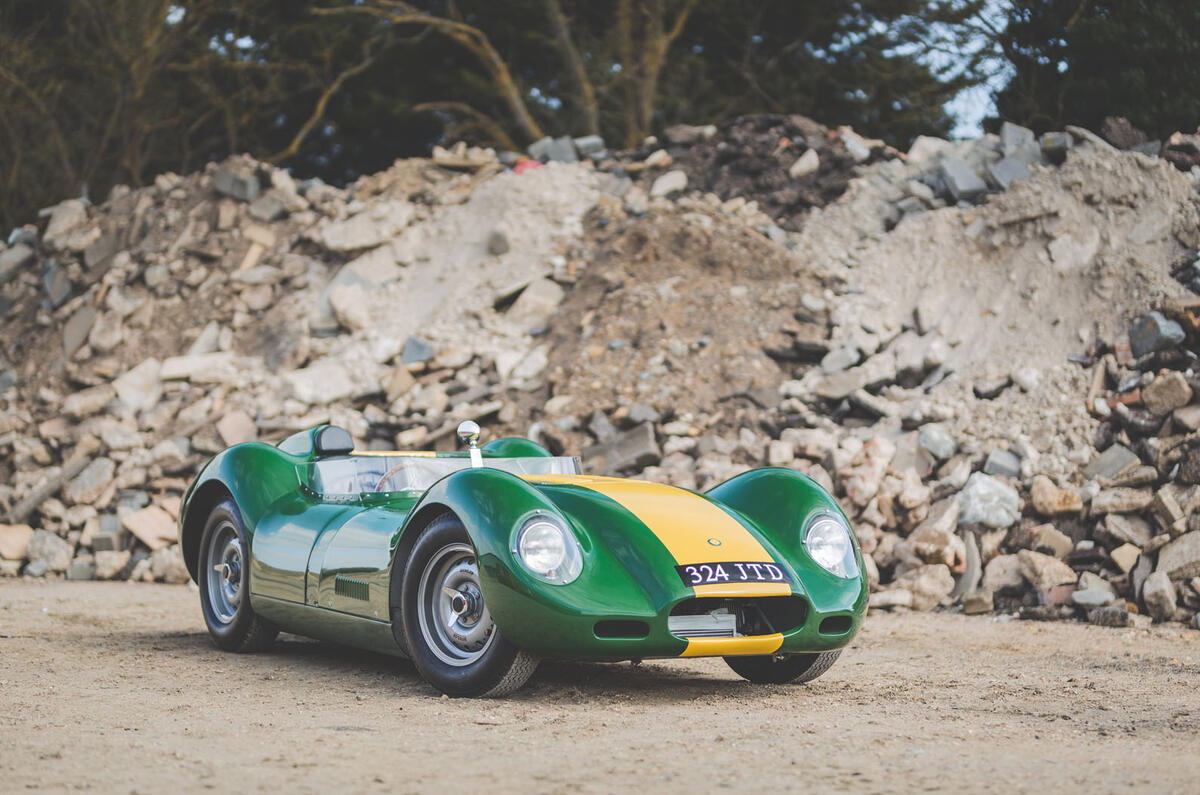
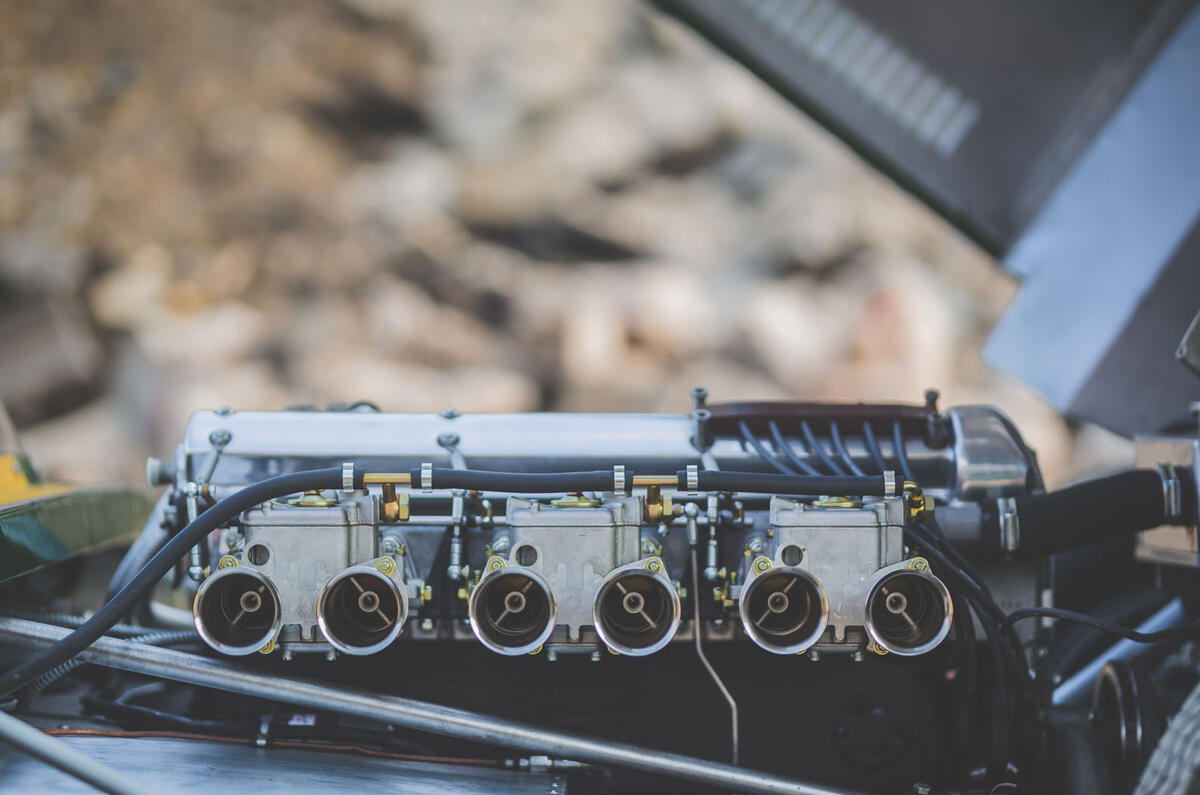
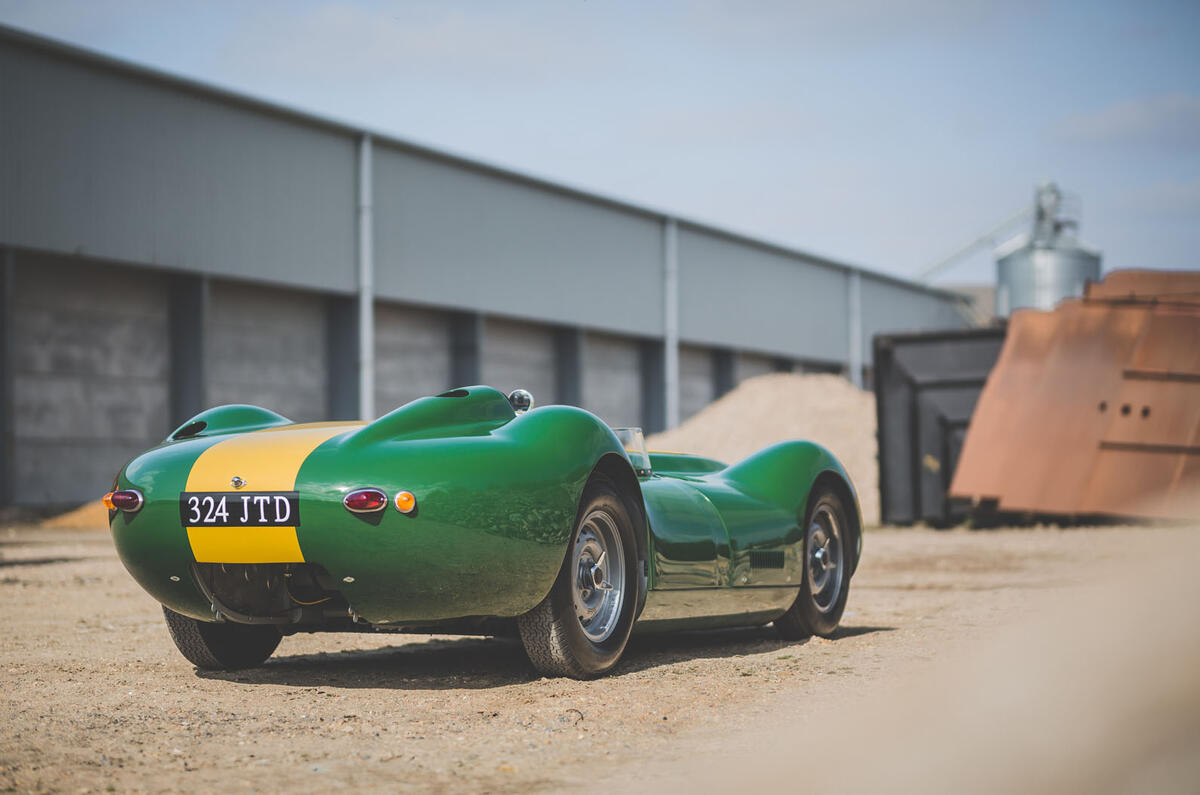
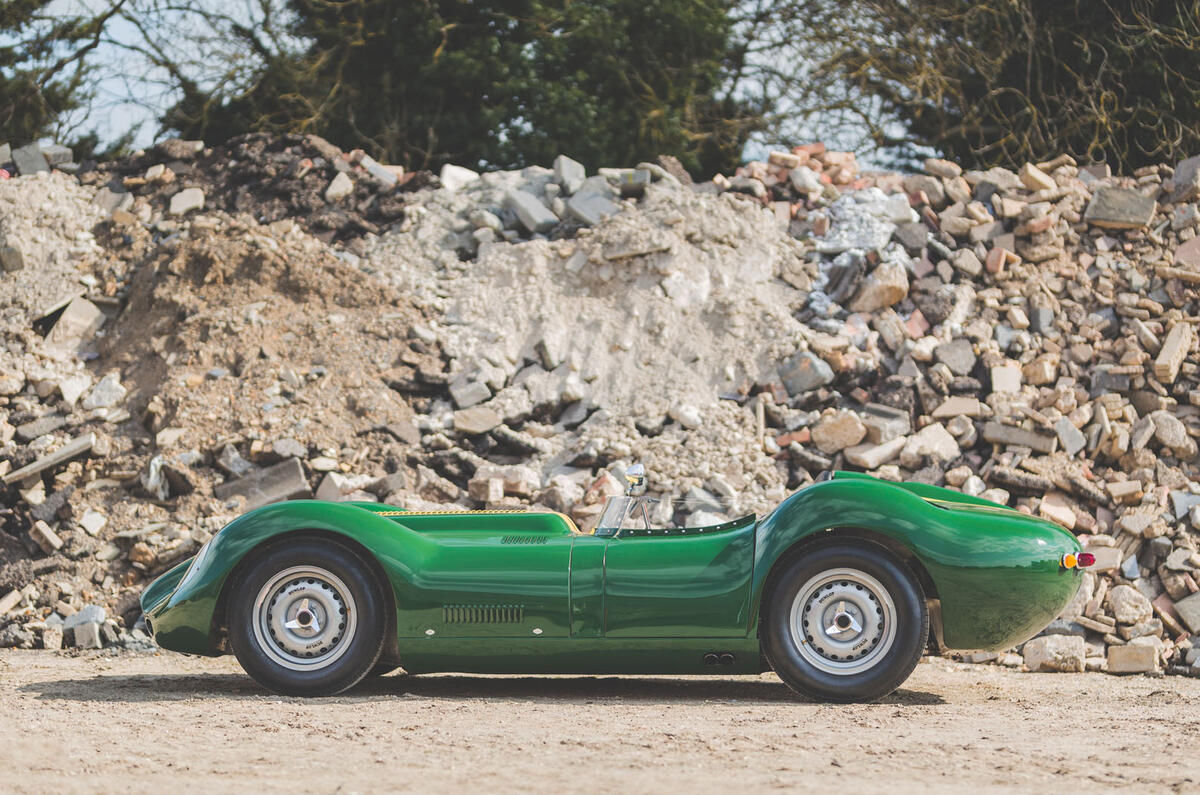

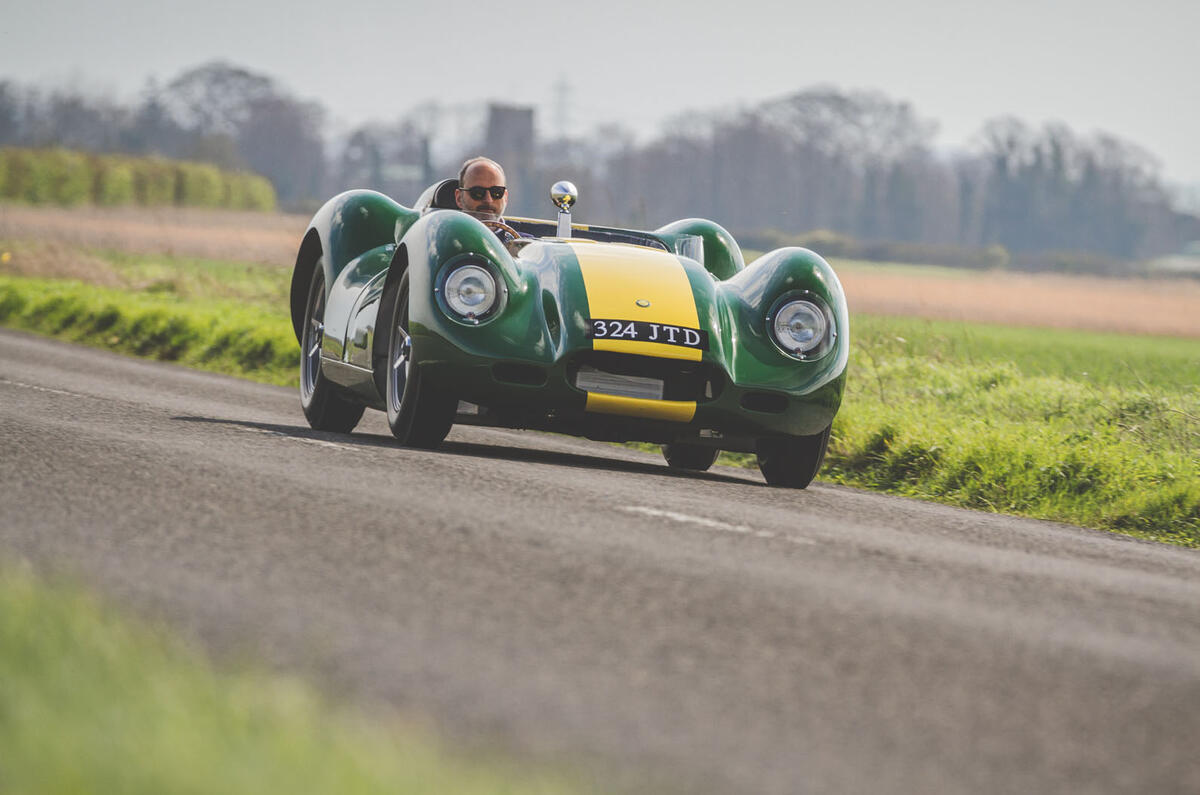

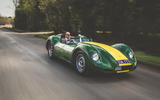
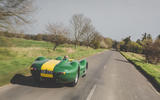
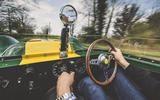
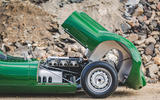
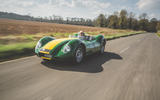
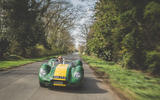
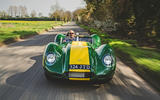
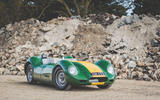
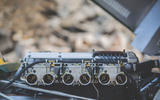
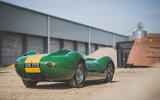
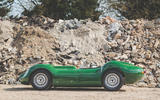

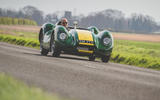



Join the debate
Add your comment
Absolutely awesome! Oh to be
Absolutely awesome! Oh to be rich...
It's more than a rebodied D
It's more than a rebodied D-type. I believe they threw away the D-type's rear suspension and put in a de Dion. Agree with comments about price and road registration!
Beauty and the Beast
Quite a package.